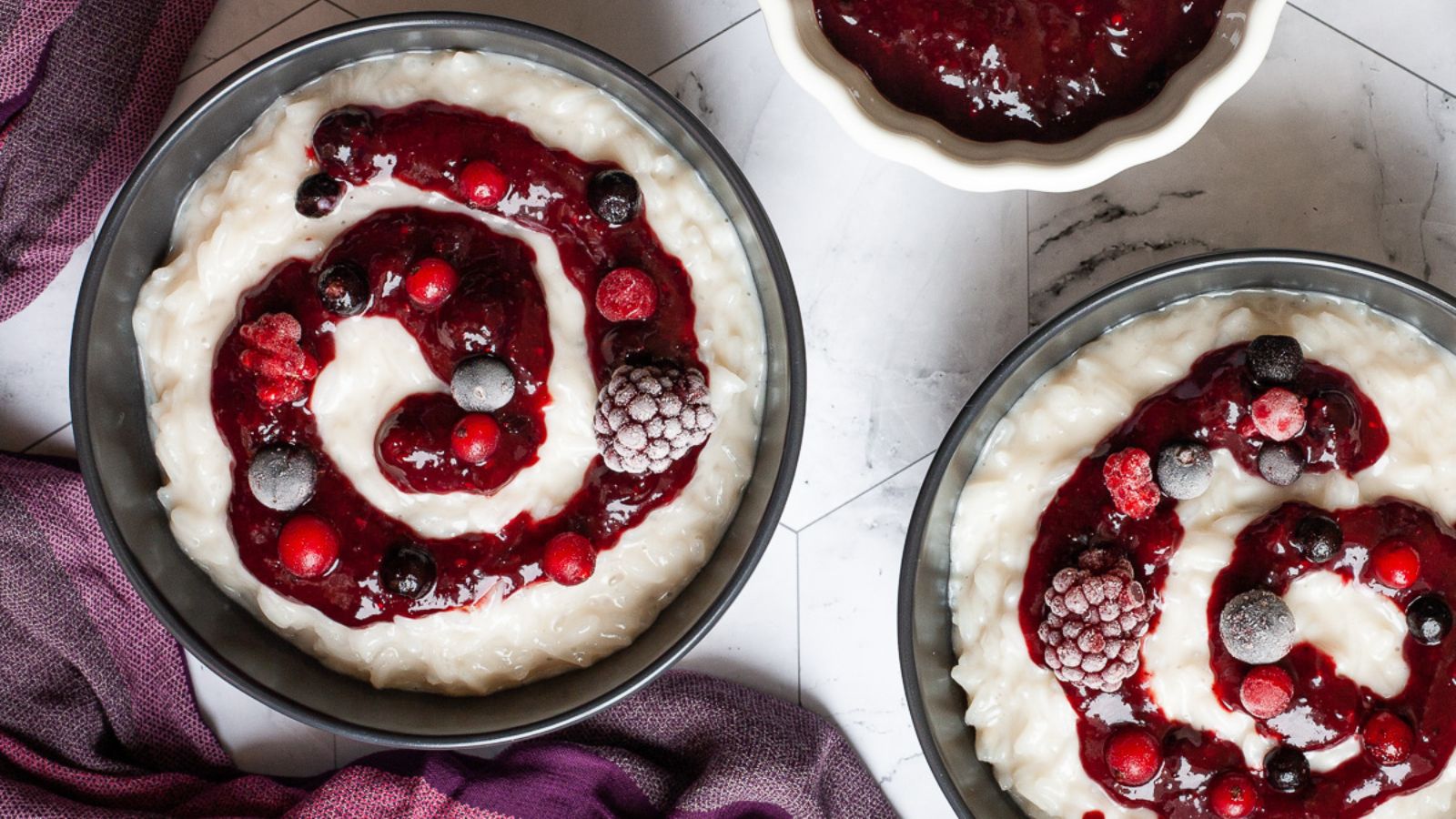Do These Tasks This Month to Prepare Your Garden for Fall
If you’re in a part of the world where the temperature is currently Hell + 23 degrees, I see you. It may be hard to believe that fall is just around the corner, but I promise that someday soon,...

If you’re in a part of the world where the temperature is currently Hell + 23 degrees, I see you. It may be hard to believe that fall is just around the corner, but I promise that someday soon, the leaves will fall because of the change of seasons (not a lack of will to participate in global warming).
While we enjoy the last bits of summer, there are a few garden tasks that ought to be on your radar.
Get in one last succession planting, this week
As you clear the lettuce, radishes, bush beans, broccoli and cauliflowers from your garden, you’ve got the opportunity for maybe one more short season succession, as long as we’re talking about starts instead of seeds (in most cases). Pick up some more lettuce starts, throw in some radish and carrot seeds; you might be able to push another bush bean harvest out, and beets and kohlrabi are a good option. And, if you throw down some pea seeds, you might be able to sneak in another snow and snap peak succession on your trellises.
Otherwise, it’s time to get the fall starts in. Go heavy on all kinds of broccoli and cauliflower, as varied as you can. Consider the heavier winter cabbages—savoy, hearty red cabbage and purple napa. Get spinach and chard and kale in the garden, and if your celery has bolted, get some additional celery starts in.
Remember to leave room for garlic, potatoes and onions, as you’ll want to start those once the heat breaks.
Top those tomatoes
We have arrived at that part of summer where you have to make hard choices. You can continue to let new tomatoes form, risking that they might not have time to ripen, and your plant will waste energy on those babies that it could use to ripen existing tomatoes—or you can invest in your existing tomatoes. This was a trick question, because the answer is the latter.
To force your tomatoes to focus on the kids they have instead of the kids they want, you top the tomato plant but cut off any vines that aren’t producing or are diseased, and chop the vines above the top existing tomatoes. It’s harsh, I know, but that’s parenting.
Change out your color for fall
All the annual color you put in a few months ago is likely crisping up around now—the petunias and pansies and other spot colors. Dahlias, zinnias, blanket flowers and strawflowers are probably still going strong and will continue into early fall, but you’ve got to plan now for your later fall color.
The answer is mums and asters. Mums get a bad rap as being matronly, but that’s because they come as sad little bushy things at the nursery. You want to find chrysanthemums, the fine-looking cousins to dahlias, with their vivid color and giant spiky petals. They’re perennials, so they’ll come back if you can land a few of them, and honestly the smaller mums will spread out as well and fill in color, so both are worthwhile.
Native asters like Douglas aster, which has small flowers, will spread and fill your garden with fall color that pollinators love. There are also China asters, which, like chrysanthemums, will give you some more dazzle late in fall.
Pansies make a nice annual for this time of year, so long as you plant after the last bit of heat dome passes, and don’t overlook an ornamental cabbage for color. It may seem tame now, but as the foliage starts to fall and the snow moves in, you’ll appreciate the more subtle pops of color.
Keep up the maintenance
If you haven’t cut back all your berry canes, mowed your strawberries and gotten started on mulching, time’s ticking. August is the last chance to prune your fruit trees (except cherry—leave that for colder weather).
Obviously, we’re all still trying to keep our heads above water with harvesting, but now is when you get to really enjoy the most colorful harvests each day. Try to snap lots of pictures so you can backtrack next year to see when things ripened, and also to give your spirits a lift in the dead of winter.

 Fransebas
Fransebas 



















.jpg&h=630&w=1200&q=100&v=6e07dc5773&c=1)












